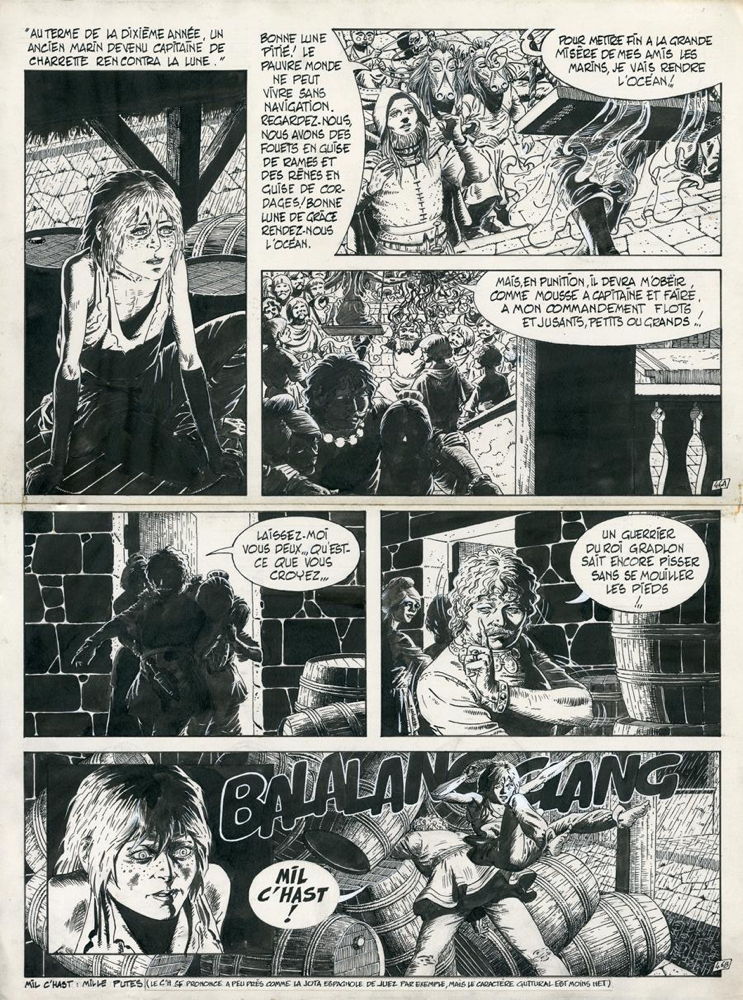Store - Exhibition - Le Sang du Flamboyant
exhibitionPeriod
string(4) "Past"
searchCritea
array(1) {
[0]=>
array(3) {
["libele"]=>
string(12) "Exhibition: "
["data"]=>
string(21) "Le Sang du Flamboyant"
["field"]=>
string(10) "exhibition"
}
}
Artwork_search
string(43) " AND tbl_exhib_artwork.id_exhibition='106' "
Artwork_sort
string(40) " ORDER BY tbl_exhib_artwork.n_ordre ASC "
sql_swipe
string(471) "SELECT tbl_artwork.id,tbl_artwork.id_artist,tbl_artwork.medium FROM tbl_artwork
LEFT JOIN tbl_exhib_artwork ON tbl_artwork.id=tbl_exhib_artwork.id_artwork
LEFT JOIN tbl_contact AS artist ON (tbl_artwork.id_artist = artist.id)
LEFT JOIN tbl_artwork_multiple ON tbl_artwork_multiple.id_artwork=tbl_artwork.id
WHERE tbl_exhib_artwork.published_artwork='on' AND tbl_exhib_artwork.id_exhibition='106' ORDER BY tbl_exhib_artwork.n_ordre ASC LIMIT 8"
TOTAL ITEM SQL
NULL
TOTAL ITEM
string(1) "7"
TOTAL PAGES
float(1)
sql
string(626) "SELECT DISTINCT tbl_artwork.id FROM tbl_artwork
LEFT JOIN tbl_exhib_artwork ON tbl_artwork.id=tbl_exhib_artwork.id_artwork
LEFT JOIN tbl_contact AS artist ON (tbl_artwork.id_artist = artist.id)
LEFT JOIN tbl_artwork_multiple ON tbl_artwork_multiple.id_artwork=tbl_artwork.id AND
(
tbl_artwork_multiple.state = 'Disponible'
OR tbl_artwork_multiple.state = 'Vendue'
OR tbl_artwork_multiple.state = 'Hors Galerie'
)
WHERE tbl_exhib_artwork.published_artwork='on' AND tbl_exhib_artwork.id_exhibition='106' ORDER BY tbl_exhib_artwork.n_ordre ASC LIMIT 0, 8"
POST
NULL
GET
array(6) {
["lang"]=>
string(2) "en"
["page"]=>
string(5) "store"
["view"]=>
string(10) "exhibition"
["id"]=>
int(106)
["name"]=>
string(22) "galerie-huberty-breyne"
["?paged"]=>
string(0) ""
}
exhib_search
string(77) " LEFT JOIN tbl_exhib_artwork ON tbl_artwork.id=tbl_exhib_artwork.id_artwork "
openFilter
bool(false)
artwork_ids
array(7) {
[0]=>
string(4) "5120"
[1]=>
string(5) "27819"
[2]=>
string(5) "27818"
[3]=>
string(5) "27817"
[4]=>
string(5) "27687"
[5]=>
string(5) "27686"
[6]=>
string(5) "27688"
}
publicLeftJoin TEST FROM PC FIX
string(264) " LEFT JOIN tbl_artwork_multiple ON tbl_artwork_multiple.id_artwork=tbl_artwork.id AND
(
tbl_artwork_multiple.state = 'Disponible'
OR tbl_artwork_multiple.state = 'Vendue'
OR tbl_artwork_multiple.state = 'Hors Galerie'
)
"
Presentation
Claude Auclair (1943-1990) was one of the great cartoonists of his generation, a talented artist with a strong social and political commitment, admired by Jacques Tardi and Jean-Claude Mézières, who completed the second part of Auclair's Celui-là series after his death, entitling it Celui qui achève. He produced terrific contrasts using India ink, drawing precisely detailed close-ups of his protagonists' faces accompanied by a rich and luxuriant natural backdrop, which together resulted in a strong narrative and powerfully evocative images.
Auclair was a great fan of science fiction and his work also closely reflects his love of nature, which he owed to the years he spent growing up in the Marais breton and his denunciation of all forms of slavery, whether ideological, economic or political. Auclair represented the dreams of a generation, and his work needs to be understood in the context of May 1968 and the youthful idealism associated with events unfolding in France at that time.
Aside from science fiction, Auclair also focused on history, most notably in Bran Ruz, in which he defends his own Breton cultural minority, but also in the plates shown here and taken from the album Le Sang du Flamboyant (which appeared in (À suivre), numbers 74 to 82, and were published as an album by Casterman in 1985), where the action takes place in Martinique during the first half of the 20th century. The island's struggle to throw off the yoke of oppression - the desperate bid for cultural identity and a right to respect, the destabilisation of the economy and the descent of many young women into prostitution - recalled for Auclair the sufferings of his own native Brittany.
He was keen to demonstrate the evils perpetrated by dominant cultures, and that led him indirectly to assume a role as champion of the oppressed. Auclair's female figures are neither super-fragile nor super-tough; they come across as authentic and well-grounded human beings, as complex in terms of personality as his male protagonists.






